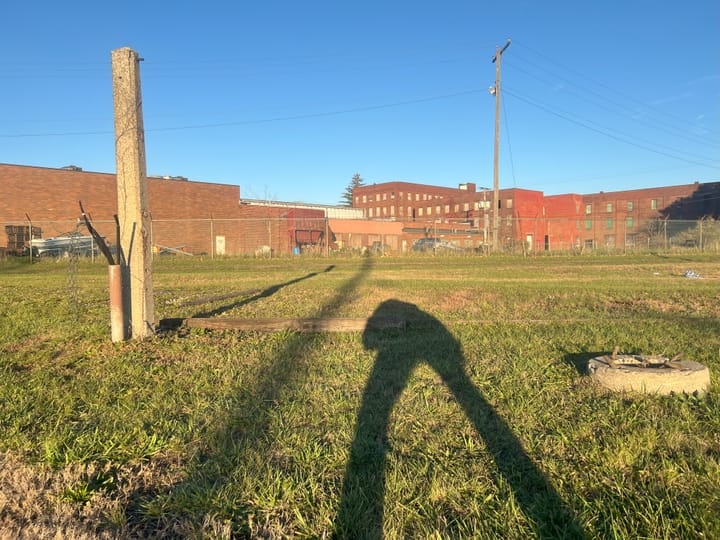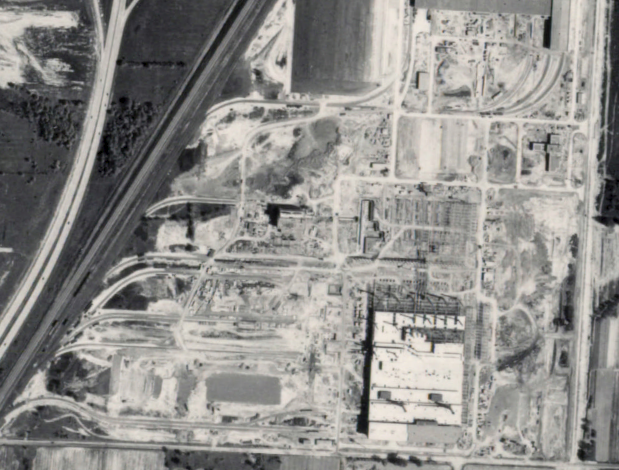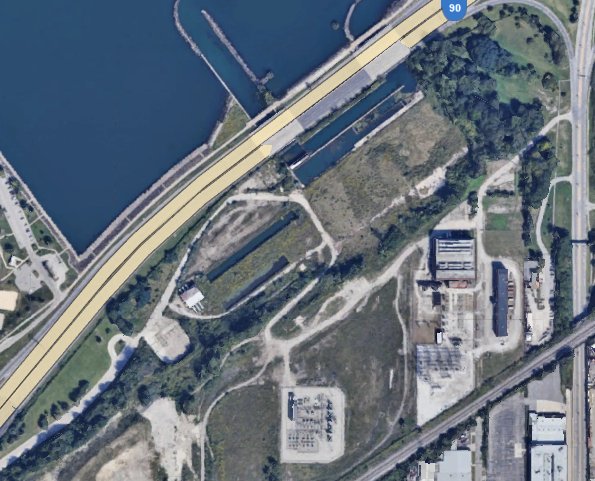Auto/Rubber Lobby: Lasting Consequences
This requires a robust public transit system, and that starts with the urban core setting the standard. That is why grade or lane seperated electric trams are a must. We had it once, and we can have it again.

We just think it is weird that we chose to subsidize a single transportation industry to fit all of our needs. I do not see spending money on gas that goes into an item that the US Government selected to succeed with funding from Henry Ford et. al. to subsidize access more than self powered transport (i.e. legs, wheelchair, crutches, bicycle, etc.). The Model T was manufactured with Goodyear tires attached; as far back as 1907. Do we need to talk about how Firestone was involved with the National City Lines Controversy that replaced streetcars with buses?
How are we going to accept buses in our downtown when we know that companies literally conspired to remove the tracking? Once the state built the interstate highway system, we never looked back. It was easier to privatize the costs and disregard the folks who cannot spend for the vehicle. Our cities need to seek funding from these companies to rebuild their streetcar network.
We can sell it to the suburbs as "reallocating resources from the city to the suburbs" as we send the buses out to the suburbs. We could then funnel people to a light rail hub like the RTA has in Cleveland. 2 seats to get into downtown to improve available bus frequency would go a long way. We are building a robust system, and that requires frequency and considering the audience who will utilize the projects. We know what lines to build by assessing density and current bus lines. We need to work towards using the best tools for the job, as cities. We could limit road access to one ways and claim dedicated right of ways. Hell, we kept most former streetcar right of ways as extra wide stroads. This is how we can reclaim these very stroads; by providing a service on them. Clifton Blvd was a streetcar right of way, and Detroit Ave. was too!
We cannot ignore the impact that running busses over roads has on our infrastructure budget. They have worn down the roads at a rate that we could mitigate by moving people via rail.
Induced demand is real and as long as "urbanists" continue to dedicate disproportional resourcing for bike infrastructure or dedicated bus infrastructure advocacy must consider them as long-term more expensive and less efficient replacements. We have to be pigheaded toward reaching the ideals. This will allow the opposition to negotiate us back while still achieving more than current goals allow.
Practically, I am not saying decline the scraps we receive. I am very much happy for the protected bike lanes when implemented, or additional buses are bought for improved current service. Those tangibly make peoples' lives better. They are not, however, designed for the 0th percentile of users. This requires a robust public transit system, and that starts with the urban core setting the standard. That is why grade or lane seperated electric trams are a must. We had it once, and we can have it again.



Comments ()